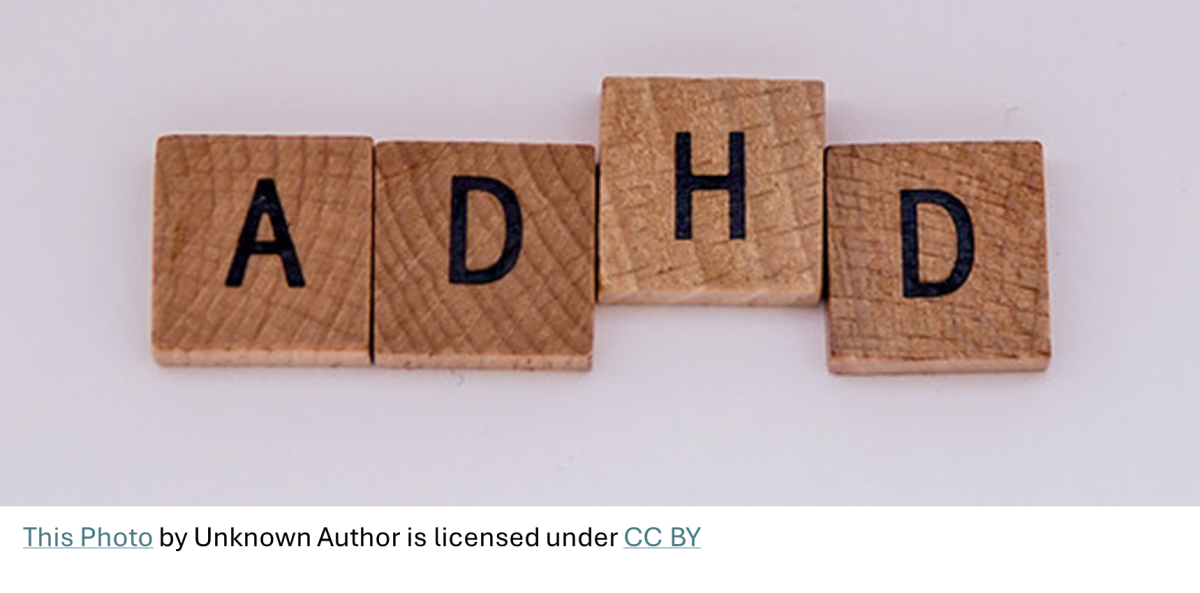We all know that practicing, working-out, gaining experience and testing are vital to learning and improving a motor skill (i.e. tying a shoelace, throwing a ball, unscrewing a lid, driving a car, moving a golf ball with a club). Those who are intent on improving various parts of their games take the time needed to personally give that skill attention. For others, ‘practice’ might be considered boring, pointless or painful (i.e. if one can’t stand too long to putt). The goal of this article is to help all golfers discover what would make the time required for improvement more enjoyable and effective. The best players in the world put quite a lot of time into attending to their games, often times giving attention to something under the eyes of a coach for years. A motor skill takes time to develop and then like a garden (to use the analogy from Annika Sorenstam’s prior game coach Pia Nilsson and Lynn Marriott with Vision54), it must be weeded, cultivated and attended to before it grows wild.
- If you don’t currently practice, consider a goal of 15 minutes twice/week after you play or on another golf day. The time before a round should be for warm-up with no mental thoughts or changes that need longer-term soaking-in time. A coach can help make practice fun with spot-on drills and how to run through them.
- Vary the amount of block (repetitive) vs. random practice. Block your practice (several putts to the same hole from the same spot) if learning an idea, a feel or a concept. Randomize your practice when you want to transition the concept into more of a ‘play’ practice to test how the idea works when not able to be in a groove. Block practice when learning and random practice when transferring to a play mode. Going from block practice straight to the course tends to skip the transfer stage and can lead to unsatisfying performance on the course, in most cases. Those who block practice do better at the range / practice green and those who random practice tend to do better on the course. The choice belongs to each individual as to where they would like to perform well, at the practice facility or on the course.
- Stick to the task. It’s easy to become mentally flooded with too many thoughts and tasks. Enjoy being able to devote 100% of your attention to one task for a block of 5 to 10 shots. If you find yourself drifting to adding in another thought, you can change later but not until you first finish this series of the first goal.
- Learning occurs through self-discovery and challenge. After putting a little while, have 1-2 challenge tasks that can assess how you’re progressing. How will you know if what you’re practicing will hold up in different scenarios, lies and conditions? Using challenges from Dave Pelz various putting benchmarks like the Ladder Drill or the 4-point Putting Drill are key. Interview the golf staff at your facility to learn what their favorite putting drills and challenges are that might help you keep your practice focused, mobile and progressive. We track our progress in golf by handicap but many don’t track their practice progress… keep a notebook of drill records to help monitor the progress!
For more information and golf tips, visit www.nicoleweller.com.









